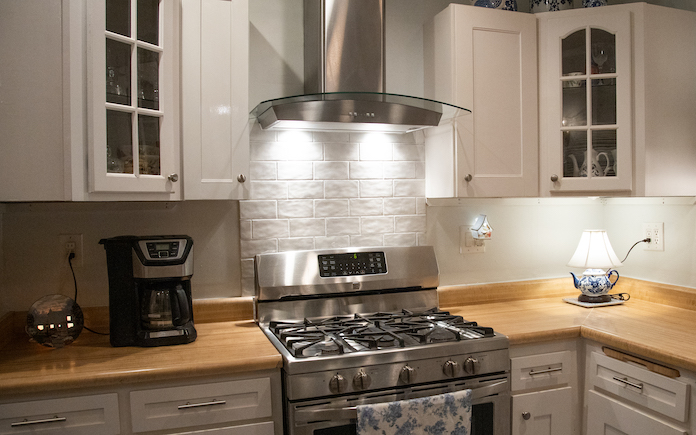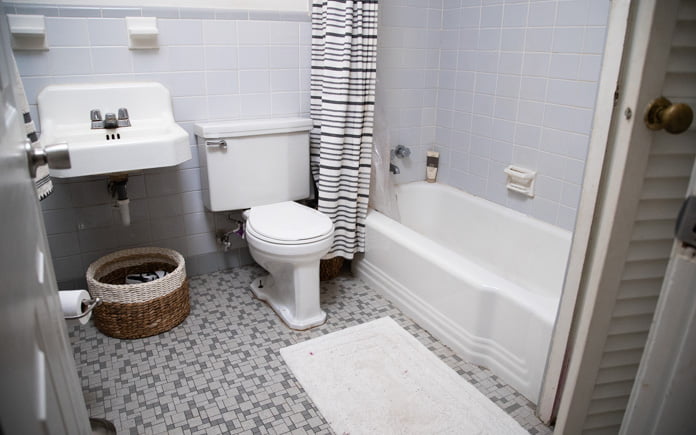Choosing Grout Colors: How to Find The Best Color For Your Tile
Light grout color makes this kitchen tile backsplash blend in seamlessly with the surrounding wall. (3 Echoes Content Studio) With so many grout colors available, choosing the best one for your project can be challenging. This post is sponsored by Custom Building Products. Aesthetically speaking, one of the most important decisions when choosing grout is … Read more



